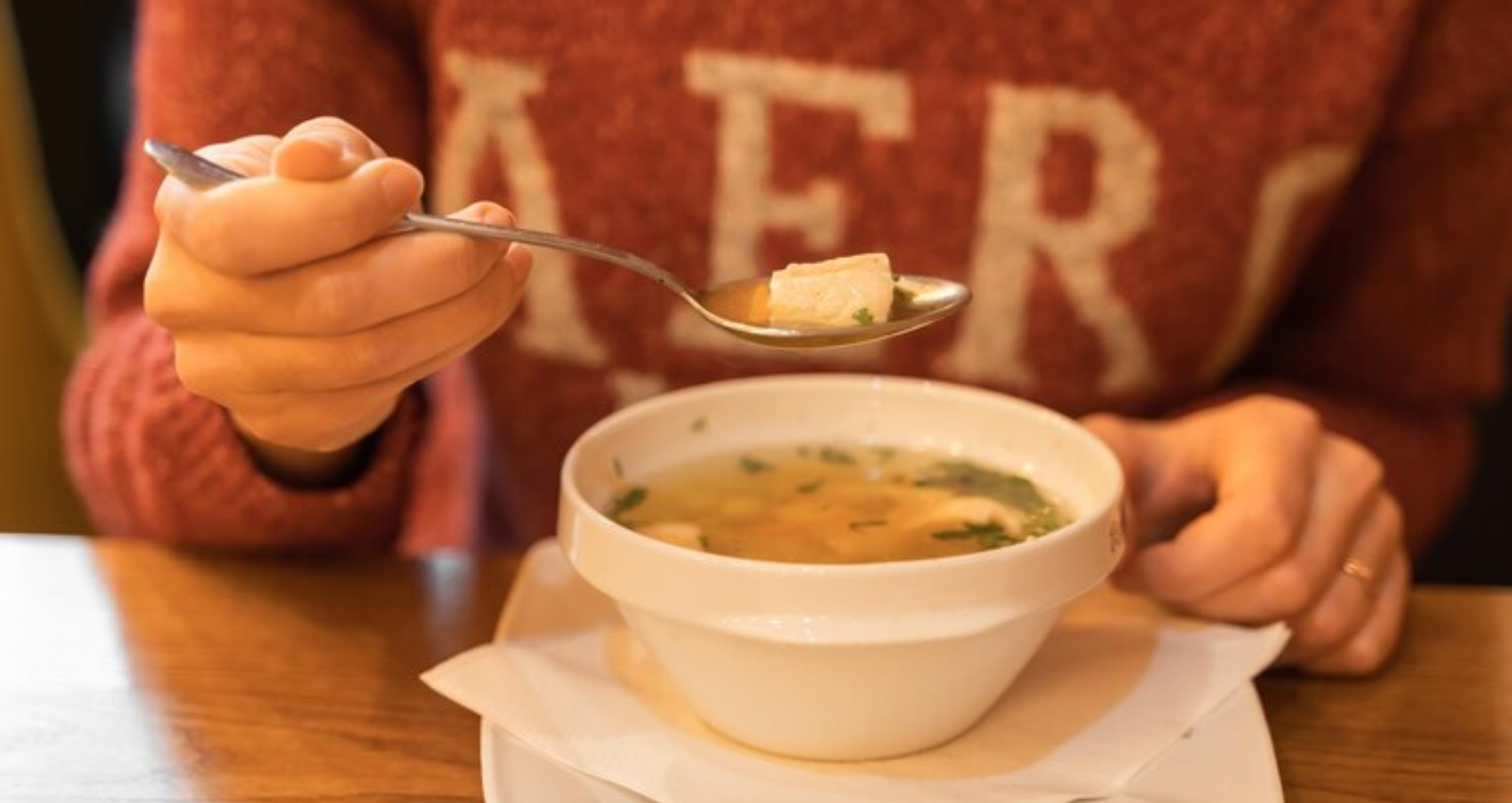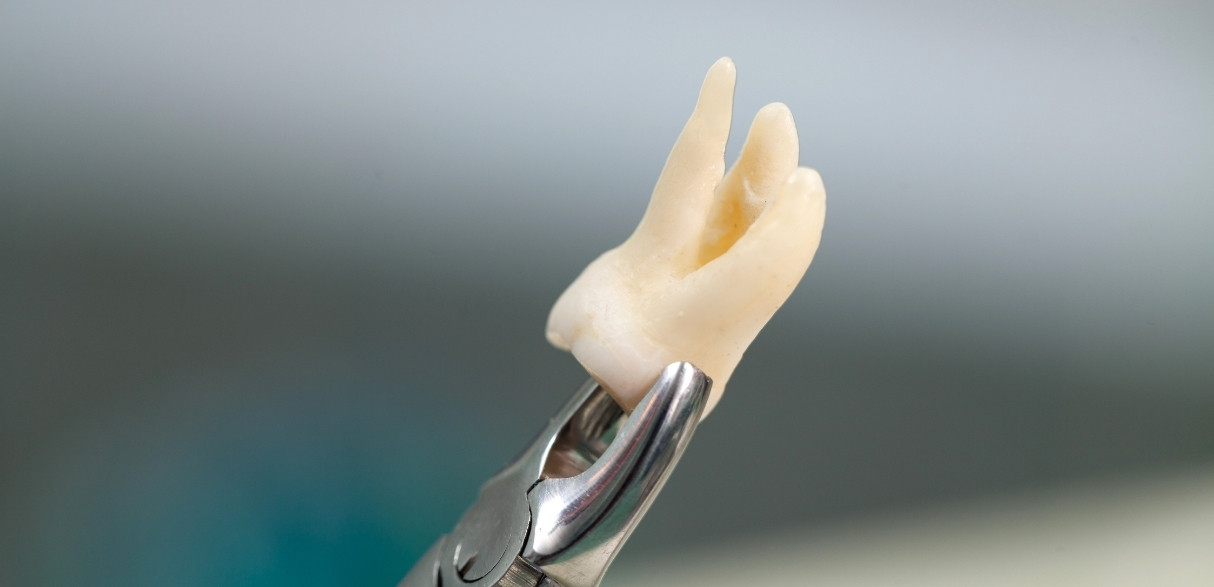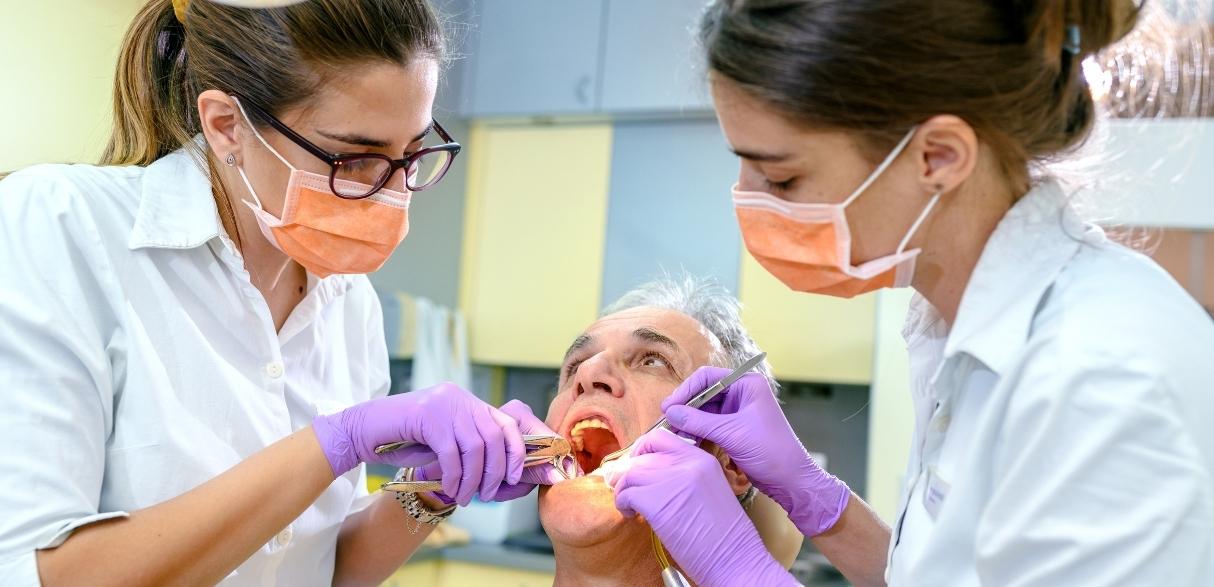

Tooth extraction is a common dental procedure that many people experience at some point in their lives. Whether it’s due to wisdom teeth removal, severe decay, or another reason, knowing how to care for yourself afterward is crucial. One of the most important aspects of recovery is your diet. What you eat can significantly impact your healing process, pain levels, and overall comfort. In this guide, we’ll cover everything you need to know about what to eat after a tooth extraction.
Understanding the Healing Process
Before diving into dietary recommendations, it’s important to understand what happens after a tooth extraction. When a tooth is removed, a blood clot forms in the socket to protect the bone and nerve endings. This clot is essential for healing. Dislodging it can lead to a painful condition known as dry socket. Therefore, your diet should focus on foods that are easy to eat and won’t disturb this clot.
The First 24 Hours: Immediate Aftercare
The first 24 hours after a tooth extraction are critical. During this period, your mouth will be very sensitive, and the extraction site needs to begin healing. Here are some key points to consider:
- Hydration: Drink plenty of water, but avoid using a straw as the suction can dislodge the blood clot.
- Cold Compress: Apply a cold compress to your cheek to reduce swelling and numb the area.
- Soft Foods Only: Stick to a soft-food diet to avoid irritating the extraction site.
Recommended Foods for the First 24 Hours
- Smoothies: Blended fruits and vegetables can provide essential nutrients without requiring chewing. Avoid seeds and nuts that might irritate the extraction site.
- Yogurt: Plain or fruit-flavored yogurt is soft, easy to eat, and rich in probiotics that can aid digestion.
- Applesauce: This is an excellent choice as it’s soft and easy to swallow, providing vitamins and fiber.
- Mashed Potatoes: Soft, creamy mashed potatoes are filling and gentle on your mouth.
- Broth-Based Soups: Warm (not hot) soups like chicken or vegetable broth are easy to consume and nutritious.

Days 2 to 7: Gradually Reintroducing More Foods
As the extraction site begins to heal, you can start to incorporate more foods into your diet. However, it’s still important to avoid anything too hard, crunchy, or spicy. Here are some recommended foods during this period:
- Scrambled Eggs: Soft, scrambled eggs are a great source of protein and easy to chew.
- Oatmeal: Cooked oatmeal is soft and nutritious, providing a good start to your day.
- Pasta: Well-cooked pasta that’s soft and easy to eat can be a good addition to your meals.
- Smooth Nut Butters: Spread on soft bread or mixed into smoothies, nut butters provide healthy fats and proteins.
- Cottage Cheese: Soft and high in protein, cottage cheese is an excellent choice for recovery.
Foods to Avoid
To ensure a smooth healing process, it’s crucial to avoid certain foods that can disrupt the healing process or cause discomfort:
- Hard Foods: Nuts, seeds, and hard candies can irritate the extraction site.
- Spicy Foods: Spicy foods can cause pain and irritation in your healing mouth.
- Acidic Foods: Citrus fruits and tomatoes can sting and cause discomfort.
- Sticky Foods: Chewing gum, caramel, and other sticky foods can get stuck in the extraction site.
- Crunchy Foods: Chips, popcorn, and similar foods can dislodge the blood clot and cause a dry socket.
Hydration: What to Drink
Staying hydrated is vital for your recovery, but some drinks should be avoided:
- Water: The best choice for hydration. Drink plenty, but avoid using a straw.
- Herbal Tea: Warm, not hot, herbal teas can be soothing.
- Milk: Nutritious and easy to consume.
- Avoid Alcohol: Alcohol can interfere with healing and should be avoided.
- Avoid Carbonated Beverages: These can irritate the extraction site and slow down healing.
Managing Discomfort and Promoting Healing
- Pain Management: Over-the-counter pain relievers, such as ibuprofen, can help manage pain. Follow your dentist’s recommendations.
- Oral Hygiene: Keep the extraction site clean, but be gentle. Rinse with salt water to prevent infection, but avoid vigorous swishing.
- Rest: Allow your body to heal by getting plenty of rest and avoiding strenuous activities.
Long-Term Dietary Adjustments
As you continue to heal, you can gradually reintroduce more solid foods into your diet. However, it’s important to continue avoiding foods that could disrupt your recovery for several weeks.
Nutritional Considerations
- Protein: Essential for tissue repair, include protein-rich foods like eggs, yogurt, and soft meats.
- Vitamins and Minerals: Consume a variety of fruits and vegetables to ensure you’re getting enough vitamins and minerals.
- Fiber: Helps with digestion, include sources like oatmeal and soft fruits.
Sample Meal Plan
Day 1
- Breakfast: Smoothie with yogurt, banana, and soft berries
- Lunch: Warm broth-based soup
- Dinner: Mashed potatoes with a bit of butter
- Snacks: Applesauce, yogurt
Day 2-3
- Breakfast: Soft scrambled eggs
- Lunch: Creamy soup with soft, blended vegetables
- Dinner: Well-cooked pasta with a smooth sauce
- Snacks: Cottage cheese, soft fruit puree
Day 4-7
- Breakfast: Oatmeal with mashed banana
- Lunch: Soft sandwich with smooth nut butter
- Dinner: Baked fish with soft vegetables
- Snacks: Smoothies, soft cheese
Tips for Success
- Listen to Your Body: If a food causes discomfort, avoid it and try again later.
- Follow Your Dentist’s Advice: Always follow the specific advice given by your dentist or oral surgeon.
- Stay Positive: Recovery can take time, but following these dietary guidelines can help ensure a smooth process.
Eating the right foods after a tooth extraction is crucial for a smooth and comfortable recovery. By following these guidelines, you can minimize discomfort, prevent complications, and promote faster healing. Remember to stay hydrated, avoid irritating foods, and gradually reintroduce more solid foods as your recovery progresses. Always follow your dentist’s recommendations and take care of your oral health for a speedy recovery.


